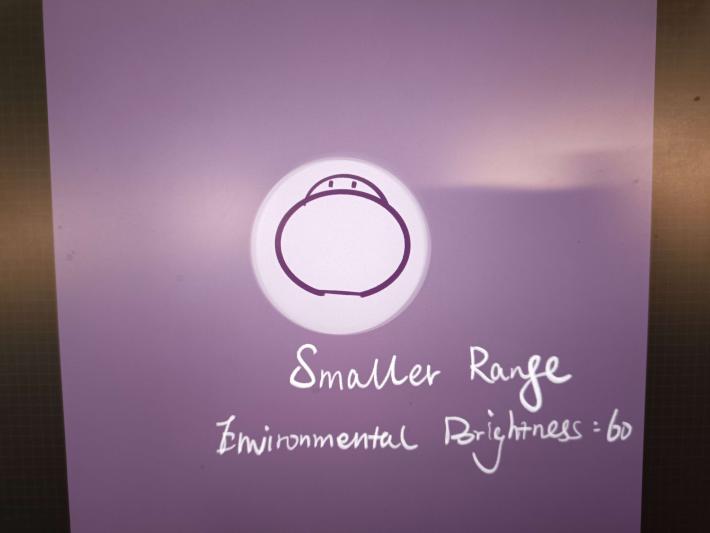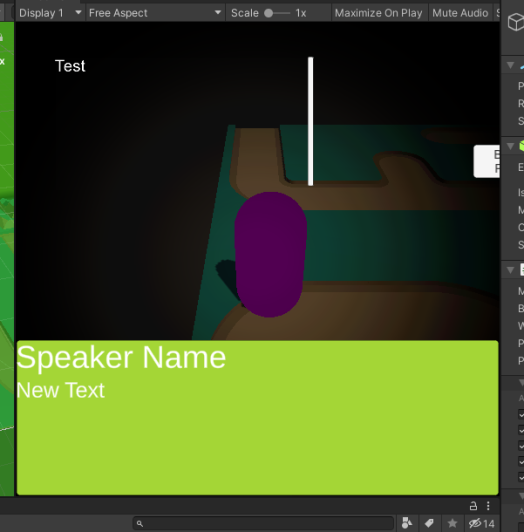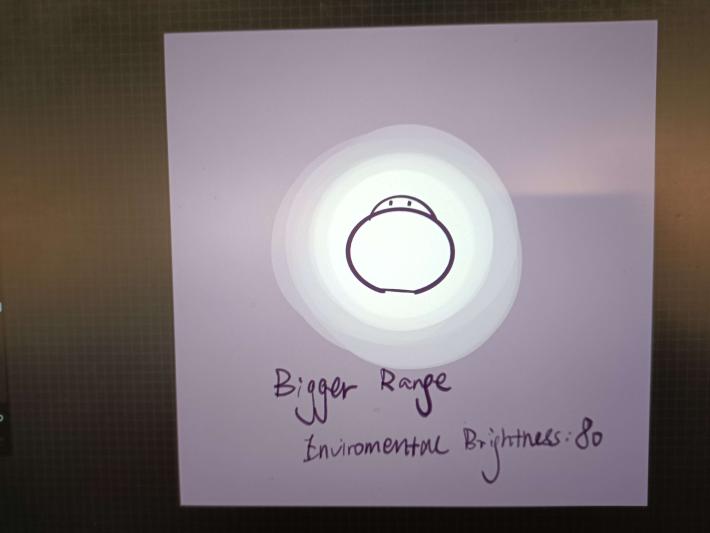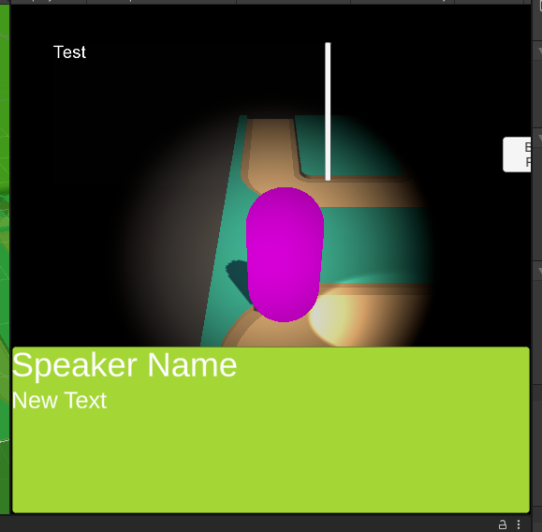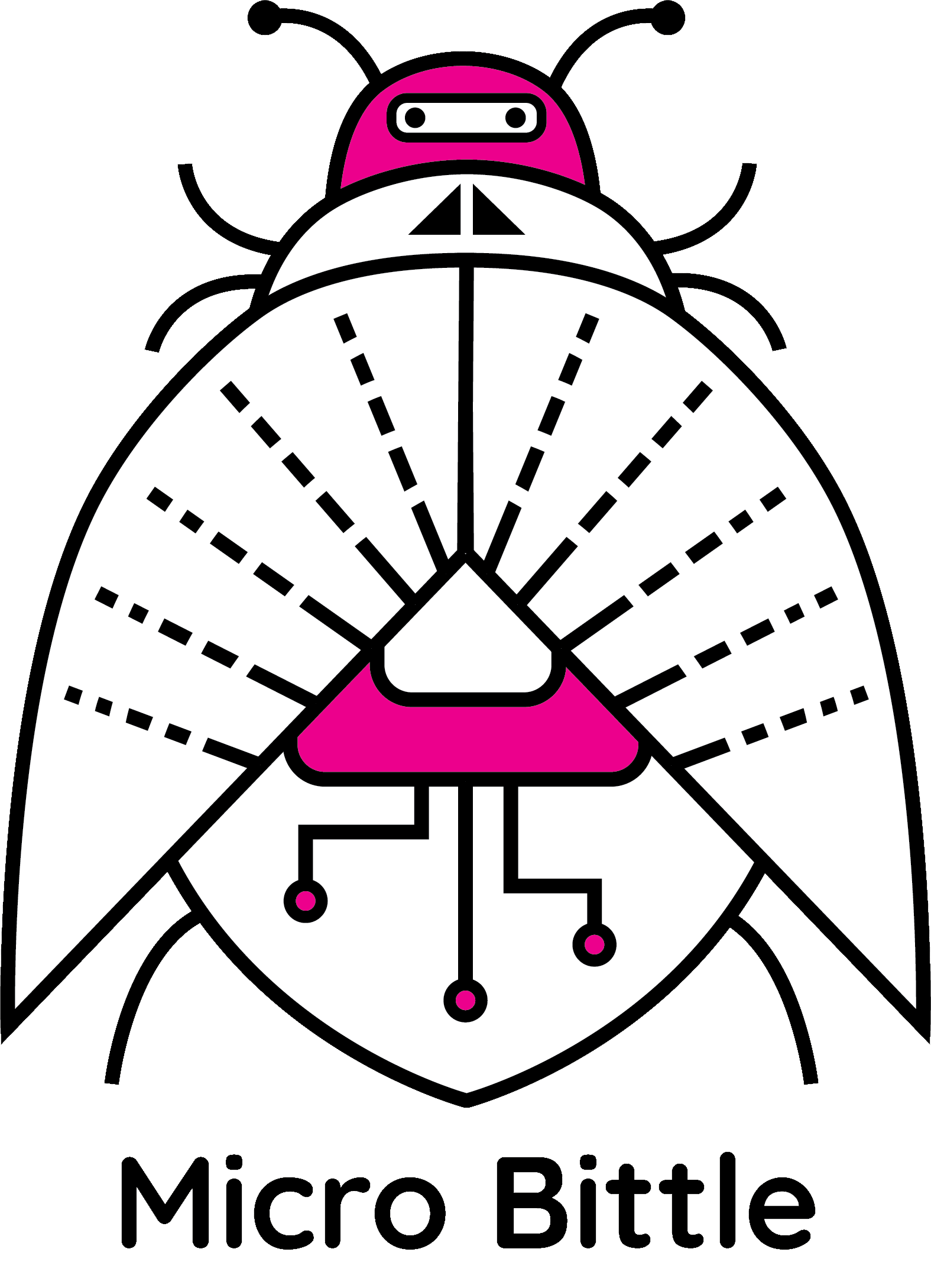After Playtest Day last week, the team decided to make a few changes to our design to improve our project based on playtesters’ feedback. Our game plan is to implement these modifications this week, and then to playtest again next week to see how effective the changes actually are.
Post-Playtests Adjustments
The biggest change we made has to do with how many sensors/controllers students will have to wire in Story Mode. Our original design asked students to wire 3 sensors/controllers, to control 3 devices, and overcome 3 obstacles… however, we realized that this is too much for the average 30-45 minutes of one class period, and our goal is to have students complete Story Mode in one lesson. Therefore, we reduced the Story Mode sensors/controllers to 1: the slider (corresponding to the jackhammer and rock).
Though not necessarily as exciting as a photoresistor or a water level sensor, the slider has several advantages that make it ideal as an introductory sensor/controller: students recognize it (they have used sliders in other contexts), it is easy to use (decently-sized, simple to move), and it’s very easy to control its input data readings and understand what makes them change (linear movement).
Secondly, we decided to get rid of the water level sensor for this project. Students in our sensors/controllers’ playtesting sessions loved interacting with this sensor, so we were set on having it be a part of the game (despite concerns raised by faculty about the risk of water spilling). However, we realized during playtesting that the water level sensor slows down the game’s progress, and can therefore be frustrating to use. It can take a while to dry the sensor completely, which is inconvenient during the maze gameplay stage, but can also be a real problem in the wiring and programming stages (given accurate and quick input data readings are necessary to advance the game).
Other changes we decided to implement are the following:
- We completely forgot to include instructions about how to connect the USB cable to the micro:bit and computer. This definitely has to be part of the wiring stage of the game.
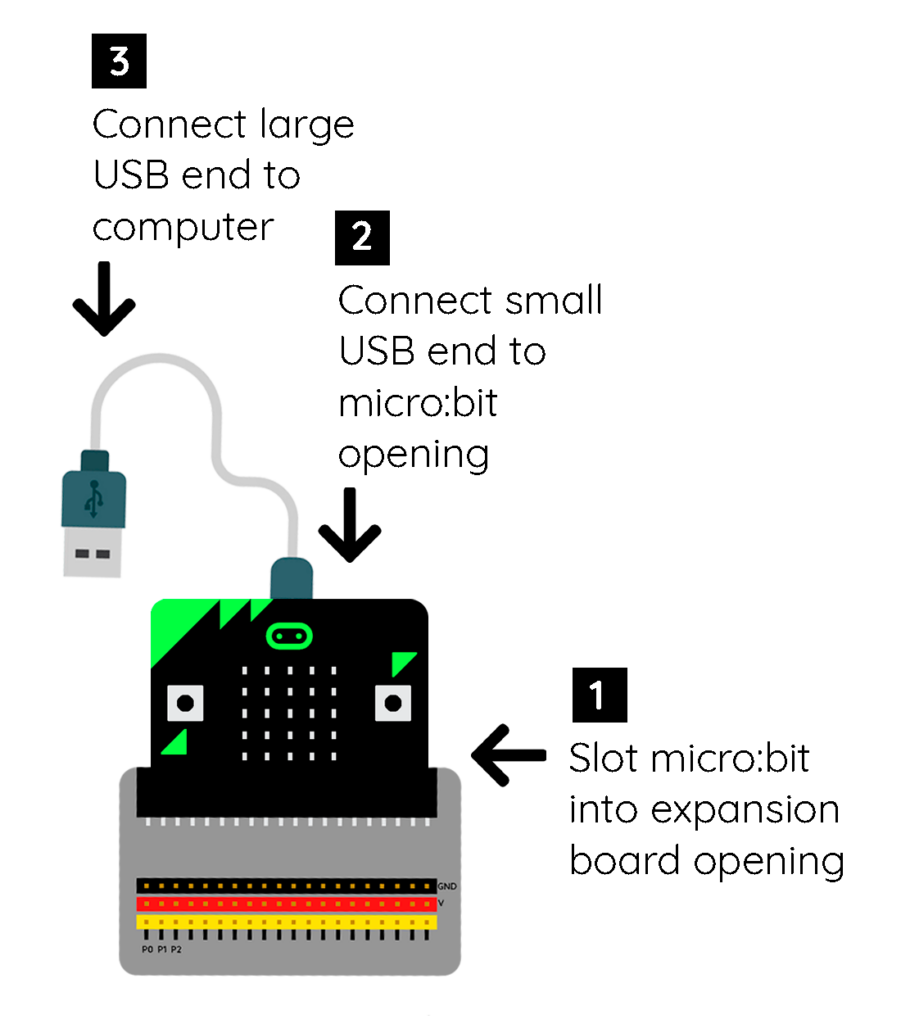
- The diagrams for the wiring stage must be clearer for students, incorporating more visuals, step-by-step instructions, etc.
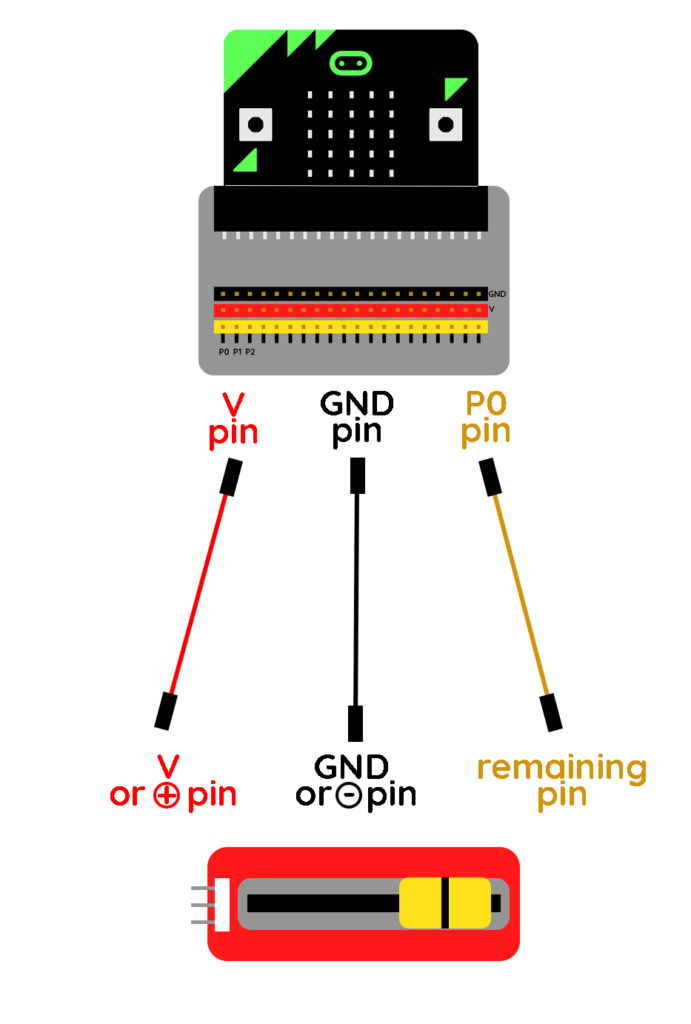
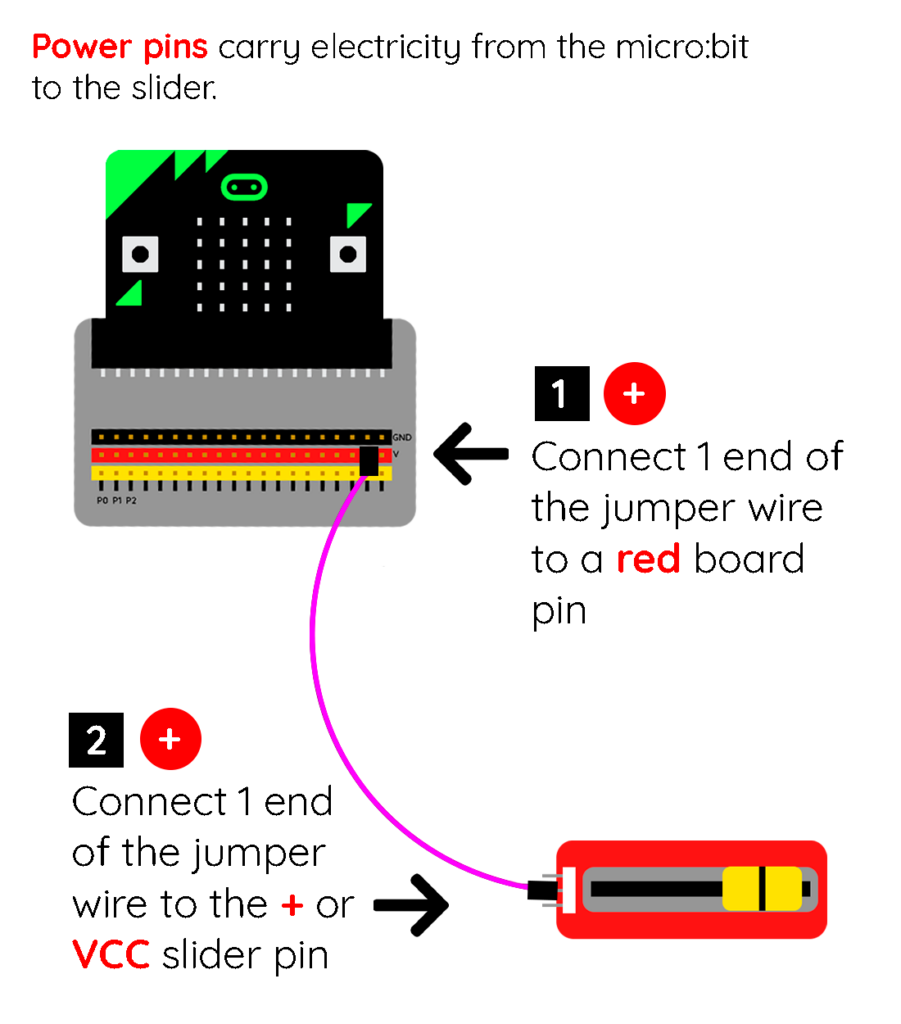
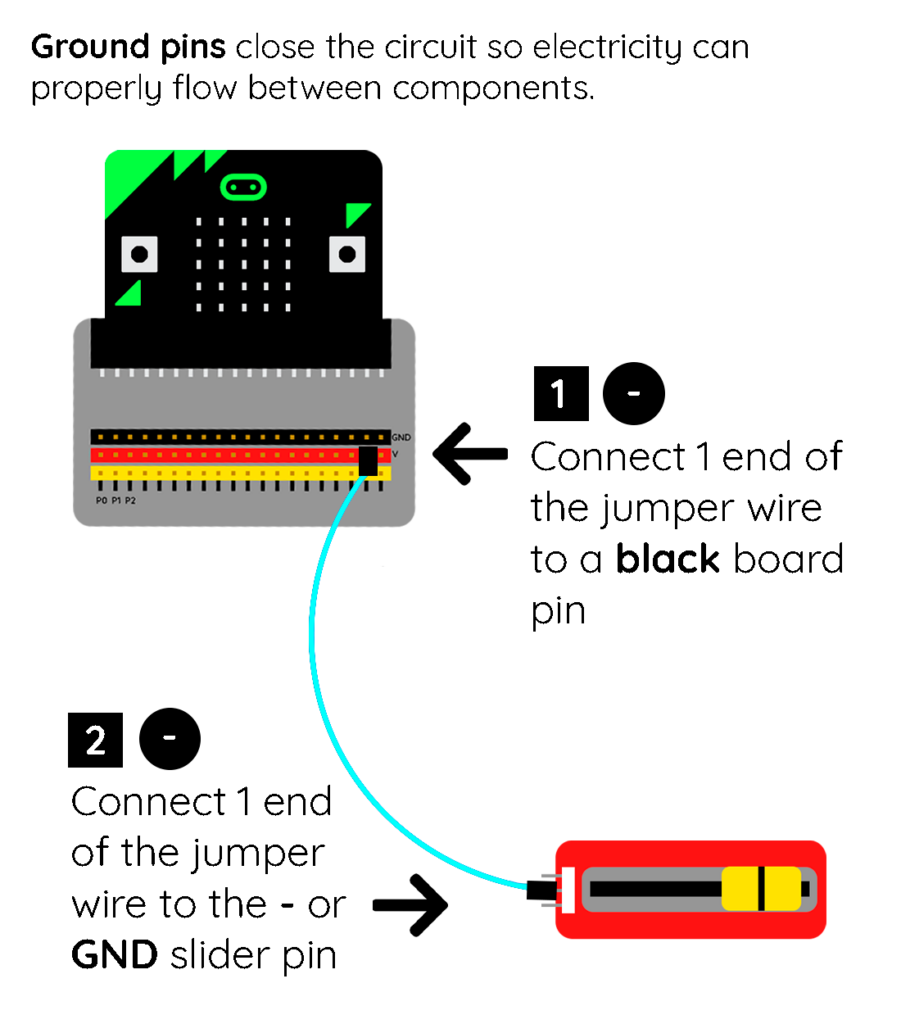
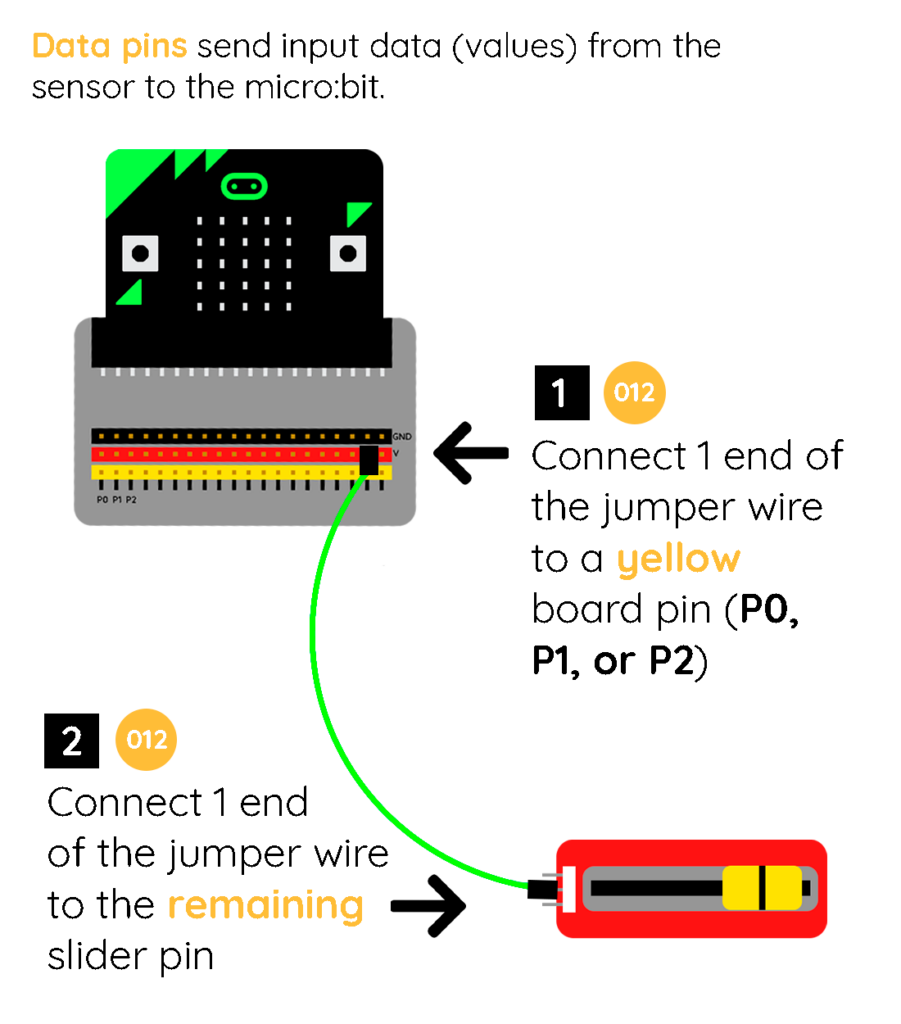
- The devices that the player character uses were modelled after objects in the natural world, inspired by the micro bittles’ lives in forests. Though incredibly adorable, playtesters reported not recognizing what the devices were. Therefore, we decided to make them as recognizable as possible, dropping the natural aesthetic.

Next Week’s Tests
Our plan for next week is to complete as much of the mazes gameplay (for all our mazes) as we can, and test them. For Playtest Day, the Story Mode maze wasn’t polished enough, so we weren’t able to test things like audio and visual feedback. Additionally, we only playtested a couple of sensors/controllers and their corresponding devices, so we need to test rest. Given that the maze gameplay is the culmination of players’ wiring and programming journey, we have to make sure it’s a satisfying conclusion to the experience.
